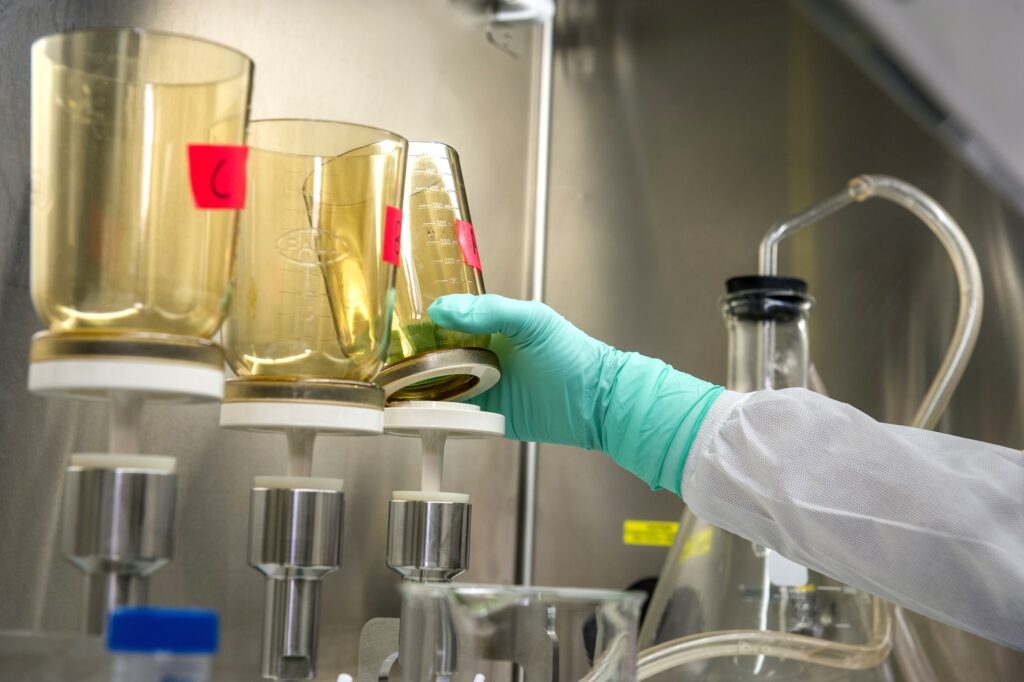Medical practices have a high capacity to heal. Still, unless they’re keeping up with the latest sustainability practices, they can be harmful both for the environment and human health. Needless to say, it can be quite damaging to their reputation and bottom line. Sustainability is no longer optional – it has become a top priority. If you’re thinking about transitioning to greener practices, here are a few tips that you may find useful. 
Make environmentally friendly purchases
There are many ways medical facilities can be sustainable and, at the same time, manage their finances better. When it comes to managing purchases, the first things to consider are reduced packaging and reusability. Environmentally friendly purchasing is when facilities are opting for products and services that pose less danger to the environment and human health. Environmentally friendly products are less toxic, minimally polluting, packed in less packaging materials, easier to recycle, and more energy-efficient. Understanding the complete life-cycle of the product – how the products are made, what the health risks related to their production are, and if they can be reused or recycled is the first step towards sustainable practices. Facilities can try to be mindful of their consumption habits, and reduce the number of medical/office supplies they use. Wherever it is possible, they should opt for buying reusable products instead of disposable ones. When reusability is not an option, they should consider recycling, and they can advance their disposal practices. There are many other ways facilities can purchase smartly. For example, they can buy more energy-efficient imagining machines, choose to use green cleaners, or make their meals with locally grown food.
Ditch the use of paper
Paperless practices are another way of making your medical business more environmentally friendly and financially sustainable. They include less waste, lower costs, and a greener environmental footprint. Even though we have all the technology and tools we need to make a smooth transition, our reality is filled with thick paper files, intake forms, clinical notes, test requisitions, referrals, and much more. This mountain of paper that we’re dealing with on an everyday basis can easily be replaced by implementing certain digital practices. For example, emailing registration packages to your clients, before their first appointment, eliminates the need for hard copies of intake forms. There are many affordable electronic medical recording systems that you can use, both improving the efficiency of your practice and making it more sustainable. Switching to reliable employee income cards can also be a significant step towards sustainability and cost reduction. As processing and distributing paper paychecks comes at a certain cost, payroll cards are cheaper to administer. Furthermore, employee income cards allow staff quick access to their funds, and they’ll pay no more cash checking fees.
Proper waste disposal
Every day, medical facilities contribute to the billions of pounds of medical, hazardous, sharps of drug waste that can be harmful to the environment, and cause many negative health issues. By developing a program that grants that all waste is properly collected, segregated, treated, and disposed of, you can be confident your medical practice won’t harm the surroundings and pose health concerns. You need to install a comprehensive medical waste disposal program, with transparent processes for addressing various waste streams, that your staff will follow. Except for keeping your environment safe, you’ll avoid paying fines or other financial repercussions that can harm both your reputation and your balance sheet.
Prevent the misuse of red bag waste
Red bags are typically used for medical waste, which is incarnated on- or off-site. One of the greatest challenges is making sure that waste is segregated appropriately. Only truly infectious waste should be deposited in the red bags so that the rest can be recycled properly. The process of incineration creates pollution, with the two most harmful pollutants being dioxin and mercury.
Alternative energy resources
You can also significantly reduce your costs and make your medical practice more sustainable by opting for alternative energy resources or try to cut down energy consumption. From implementing smart lighting strategies to transition to renewable energy sources such as wind or solar power, to green building construction and retrofits ? all these energy conservation efforts can lead to a 20 to 30 percent decrease in your annual bills.
Have a green team
However, establishing green practices in your medical practices requires efforts from everyone. You need to develop a corporate culture where each one of your team members will embrace the change and put their hearts into new commitments. Choose the employees who are the most dedicated to implementing green practices and educate them on the environmental impacts of each one of their actions. You can conduct a waste audit together, and see which areas need improvement. Then you can work with the rest of the employees on developing a more sustainable strategy. By following the tips above, you can make your medical practice more environmentally-friendly, and still in a cost-efficient way.